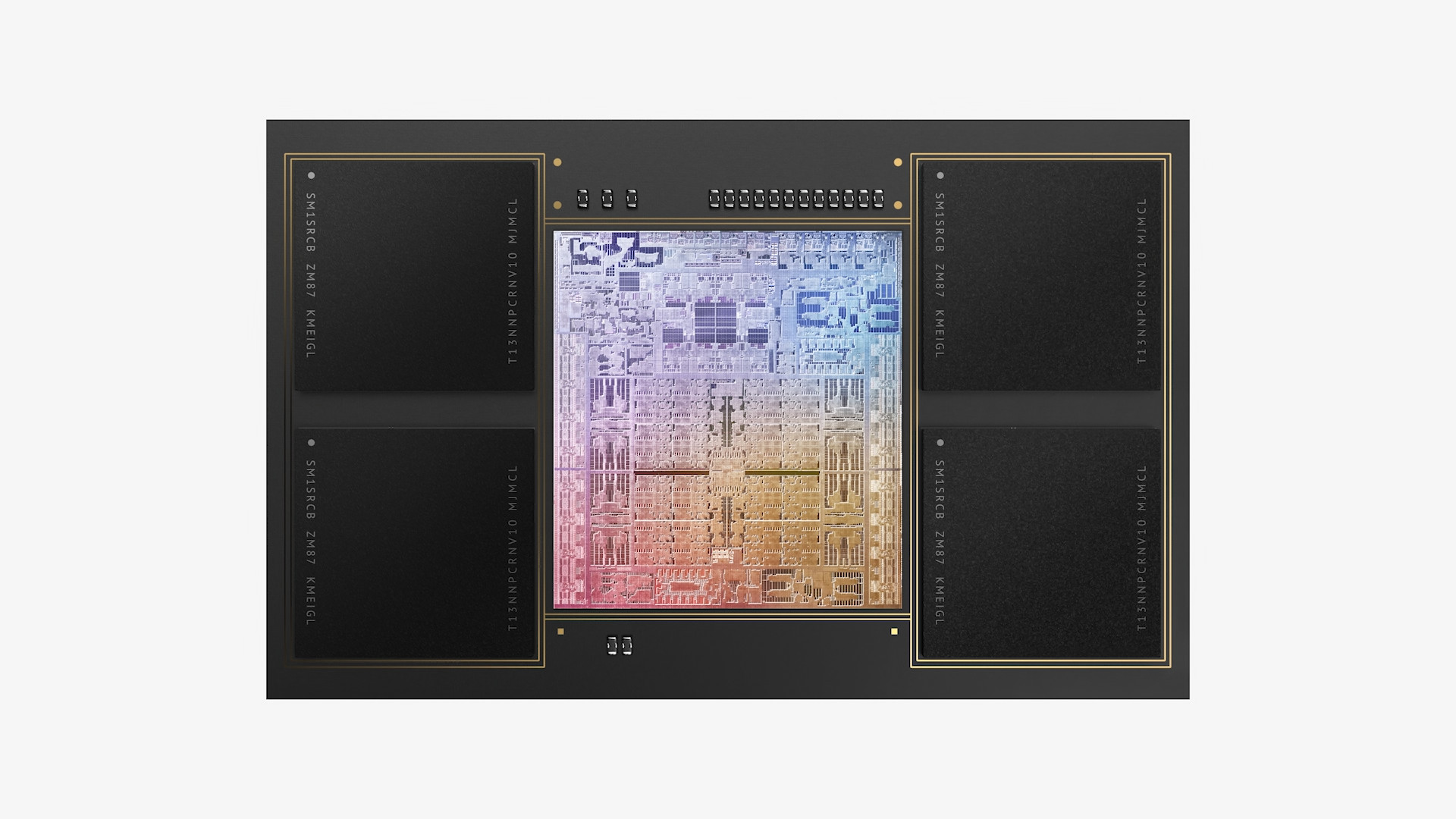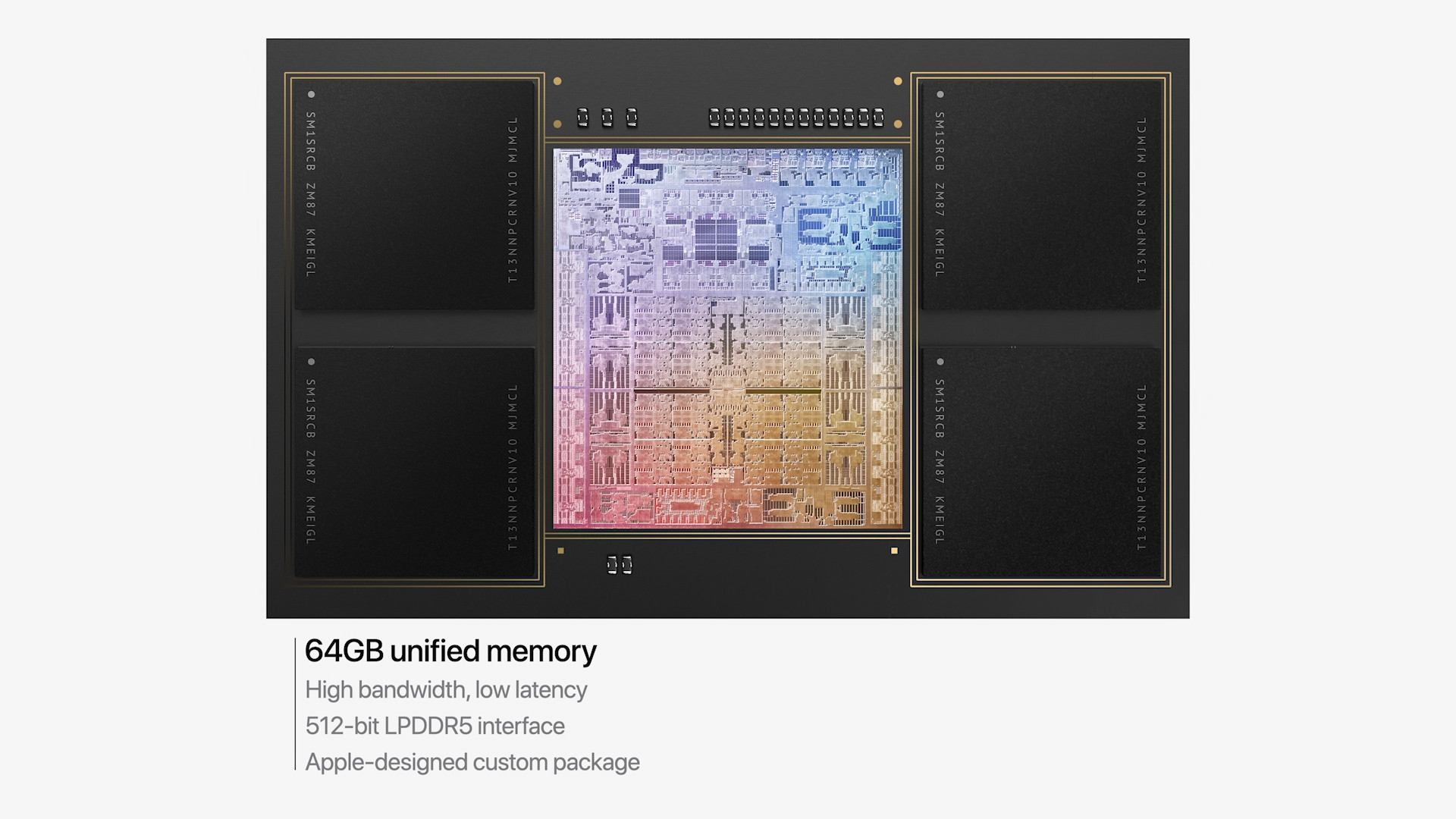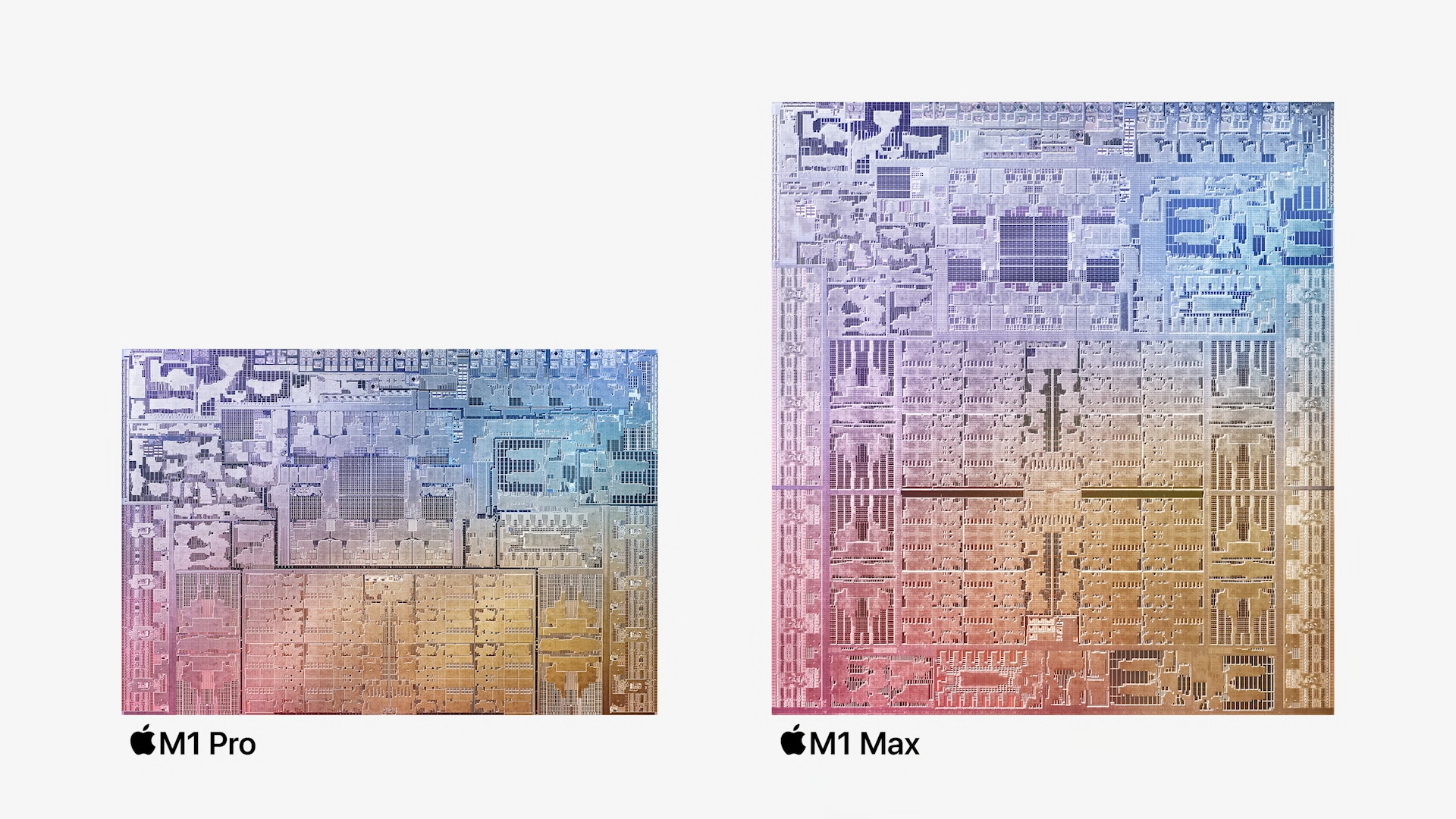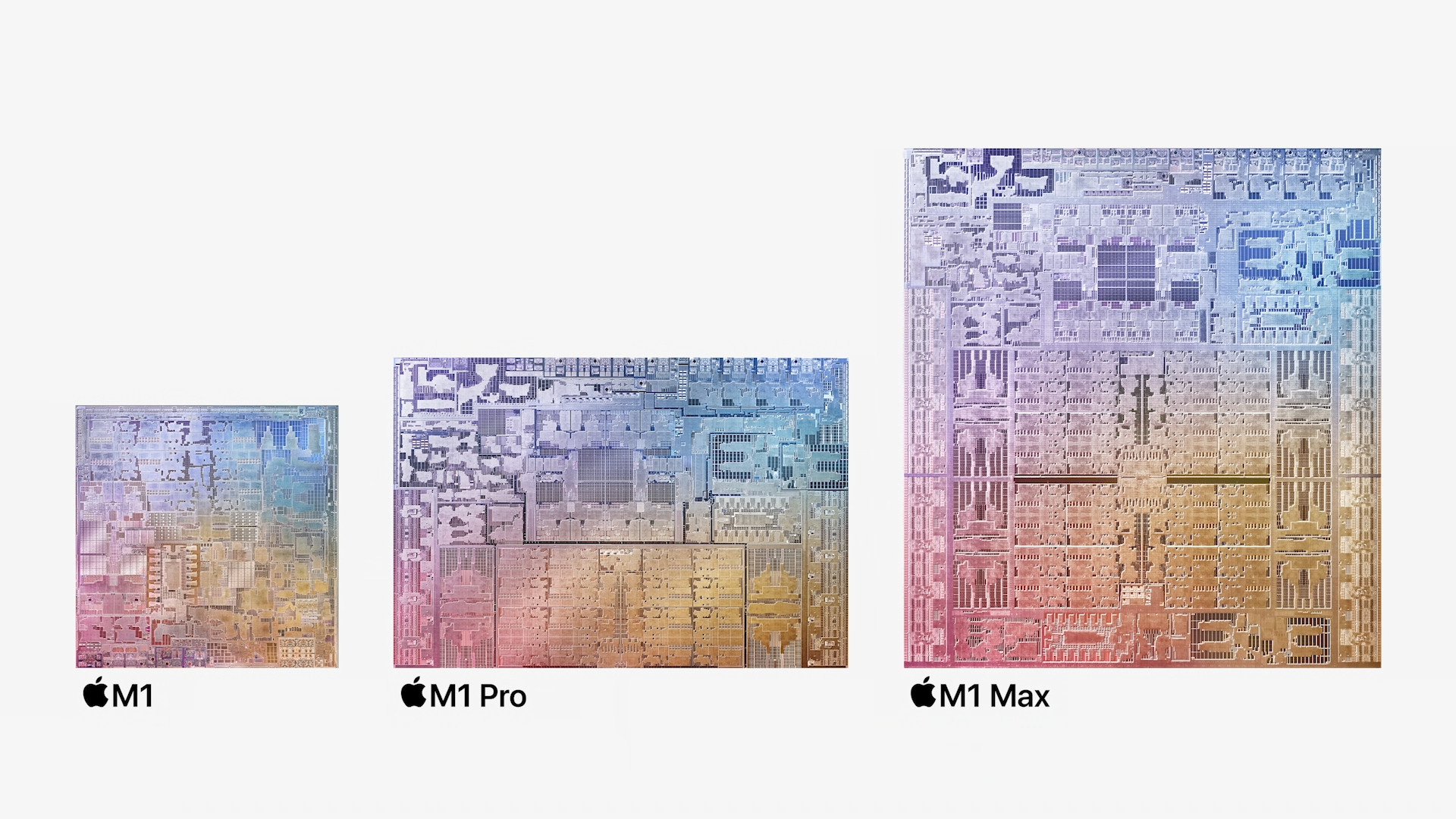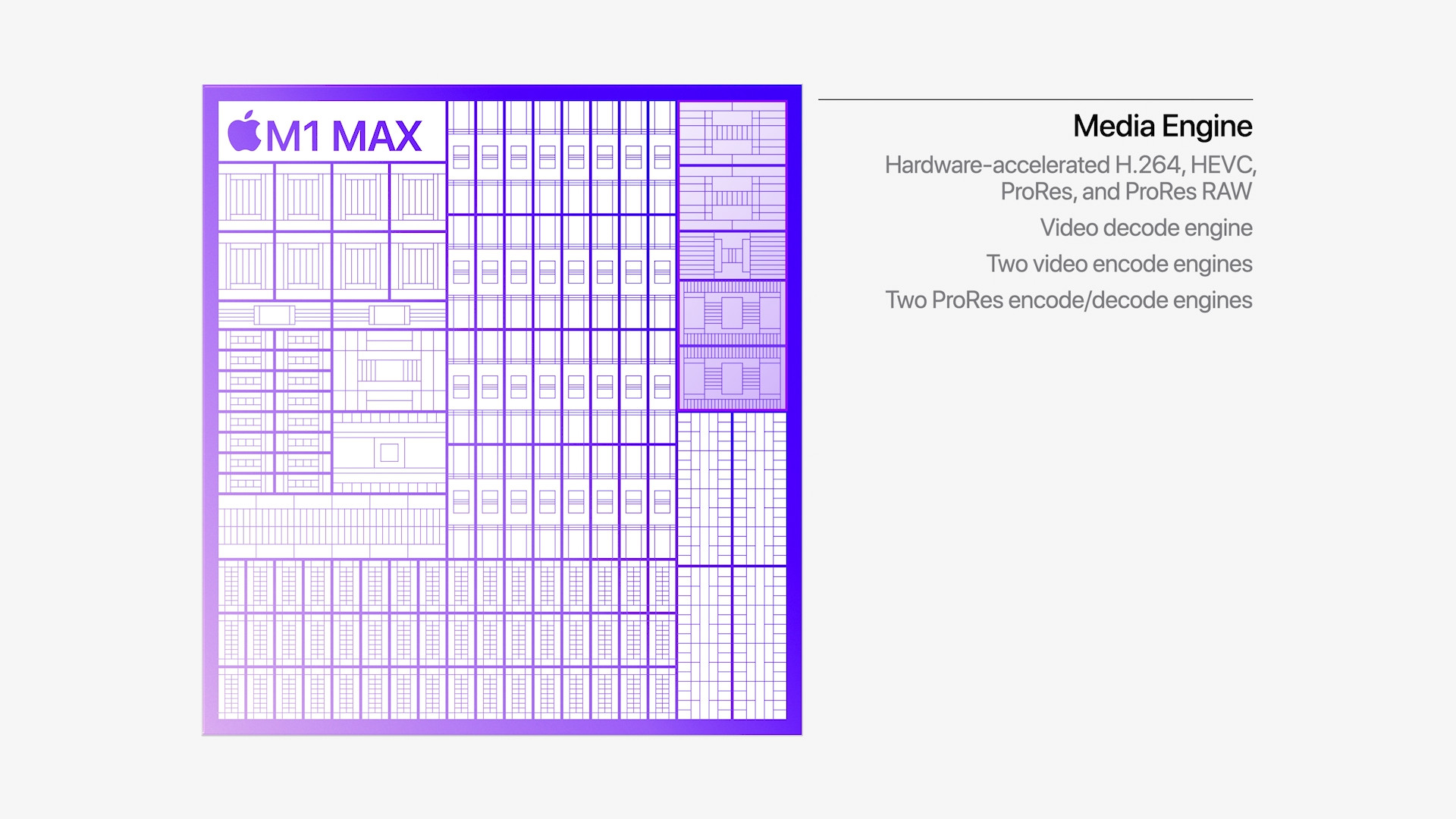At the beginning of October, i.e. even before the presentation of the new MacBook Pros, we informed you through an article about the possible arrival high performance mode to macOS Monterey. Some sources found relatively straightforward references in the codes of the beta versions, which clearly spoke about the High Power Mode function, which is supposed to ensure the highest possible performance. In any case, macOS 12 Monterey and the mentioned laptops are already available, and after the mode, the ground collapsed - that is, until the MacRumors portal stepped forward with extremely valuable information.
It could be interest you
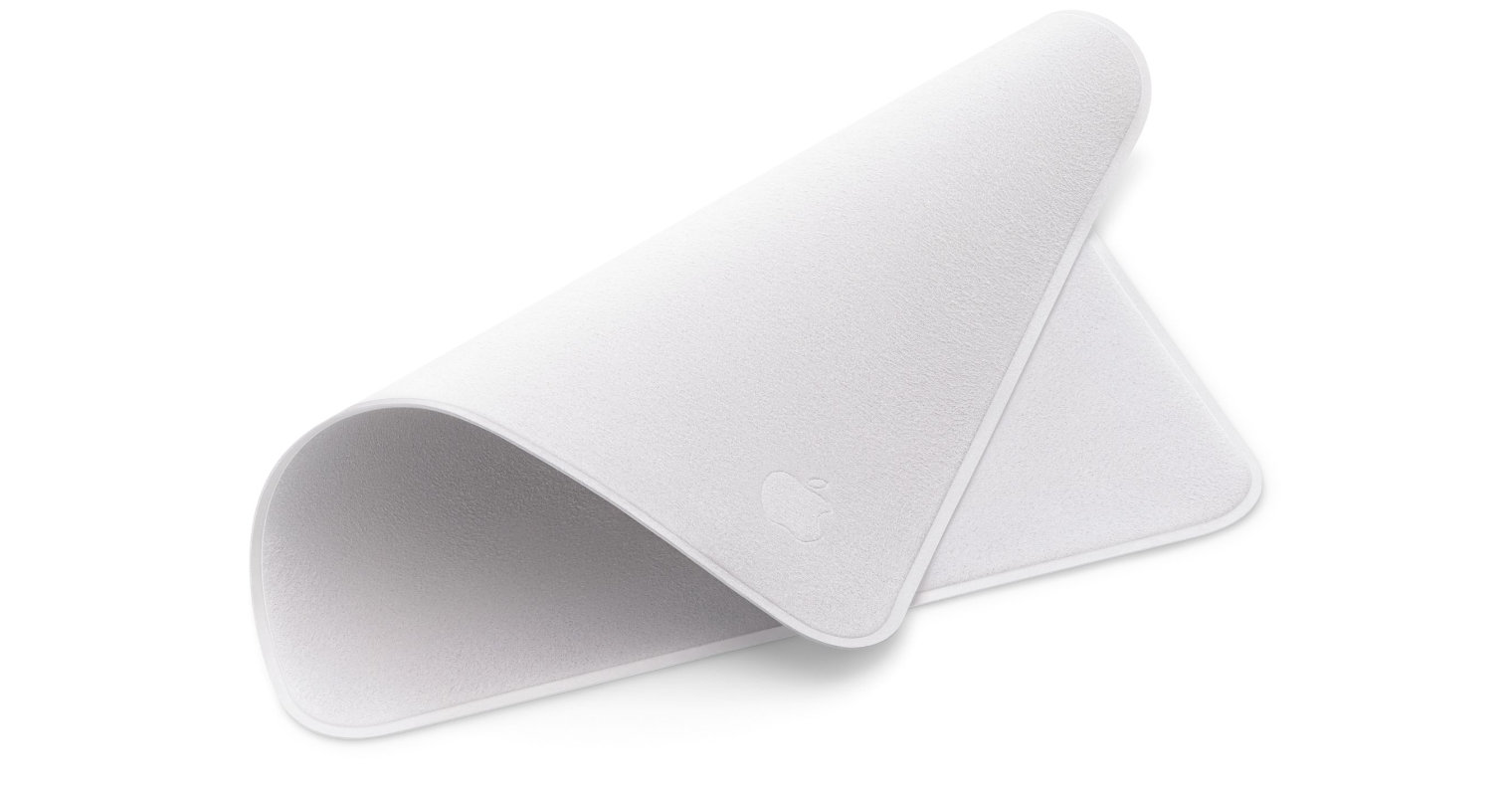
High performance mode
In the second half of October, the MacRumors portal, or rather its editor-in-chief and iOS developer, Steve Moser, made himself heard once more, and found more and more mentions in the codes. According to the information known so far, the mode should work quite simply. Supposedly, this should be the complete opposite of the low battery mode, where the system will force the use of all possible means, and at the same time spin the fan to avoid possible problems from overheating (thermal throttling). But the code itself shows a warning message that when using this mode there may be an increase in noise, understandably due to the fans, and a decrease in battery life, which again makes sense.
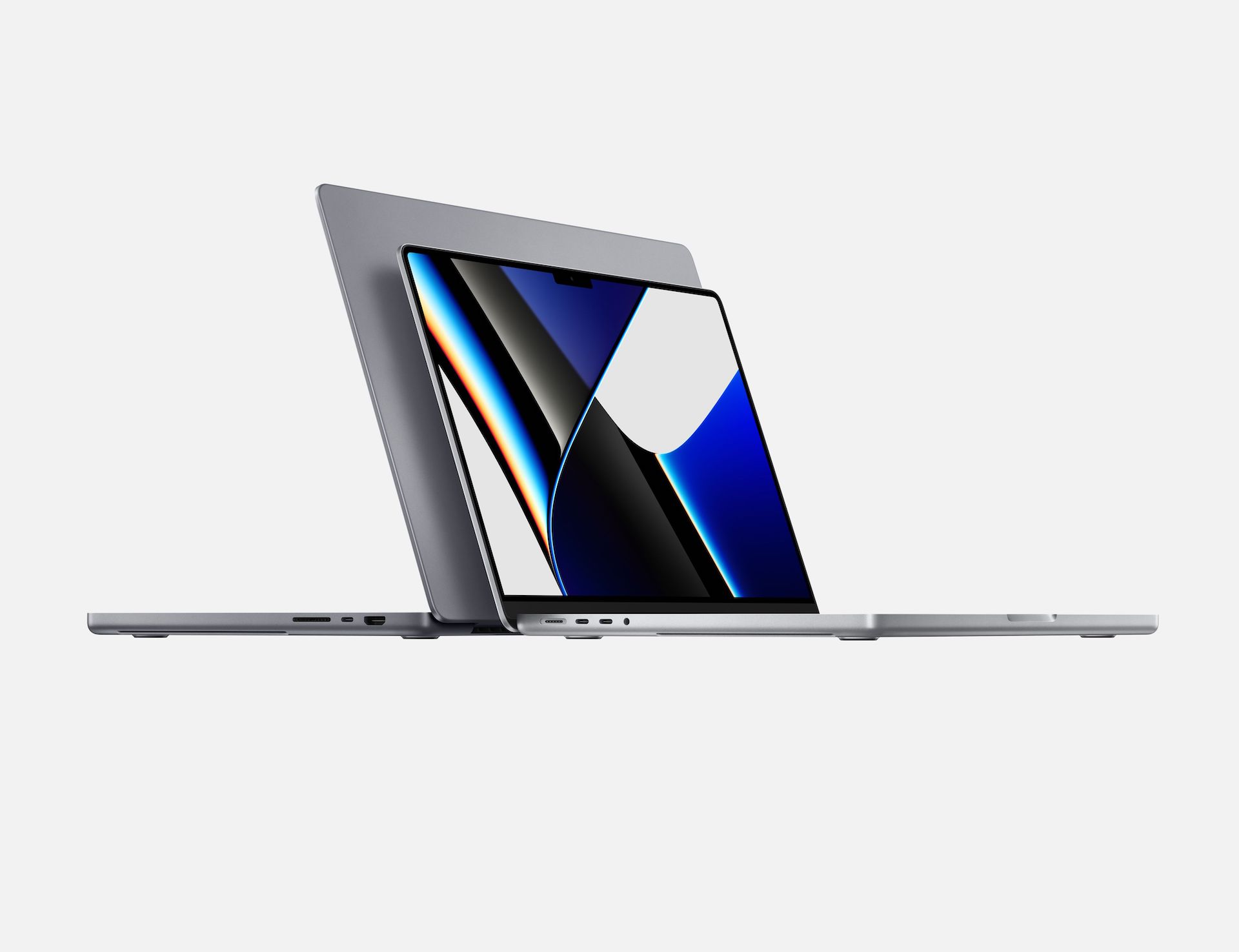
Will we see his arrival? Yes, but…
But then a simple question arises. How is it that the mode is not yet available in the current situation, when we already have both the system and new laptops available. There were previously mentions that High Power Mode could be reserved only for new MacBook Pros with M1 Pro and M1 Max chips. Although we don't have much information for now, we know one thing for sure - the mode is really being worked on and should appear in the system in the near future. By the way, this information was confirmed by Apple itself. However, the exact date is still unclear.
Unfortunately, there is one catch. According to the information so far, it looks like the high performance mode will be available only and only on 16″ MacBooks Pro with the M1 Max chip. And this is exactly the stumbling block. Although, for example, the 14″ model can also be configured with the mentioned chip, this “bloated crumb” will not receive a similar gadget. Let's go back to 16″ laptops. A configuration that would meet the mentioned requirements will cost at least 90 crowns.
What will the reality be?
Apple users are currently speculating how this mode will actually perform and whether it can really support the performance of the device itself. Of course, these questions cannot be answered with certainty (for now). Even so, we can look forward to it, because in terms of performance, apple computers have moved several steps forward, precisely with the arrival of Apple Silicon. This time, moreover, these are the first professional chips from the workshop of the Californian giant, and it would not hurt if the 16″ MacBook Pros were given a little push via software. After all, this is a truly professional device for people who are dedicated to demanding projects.
It could be interest you
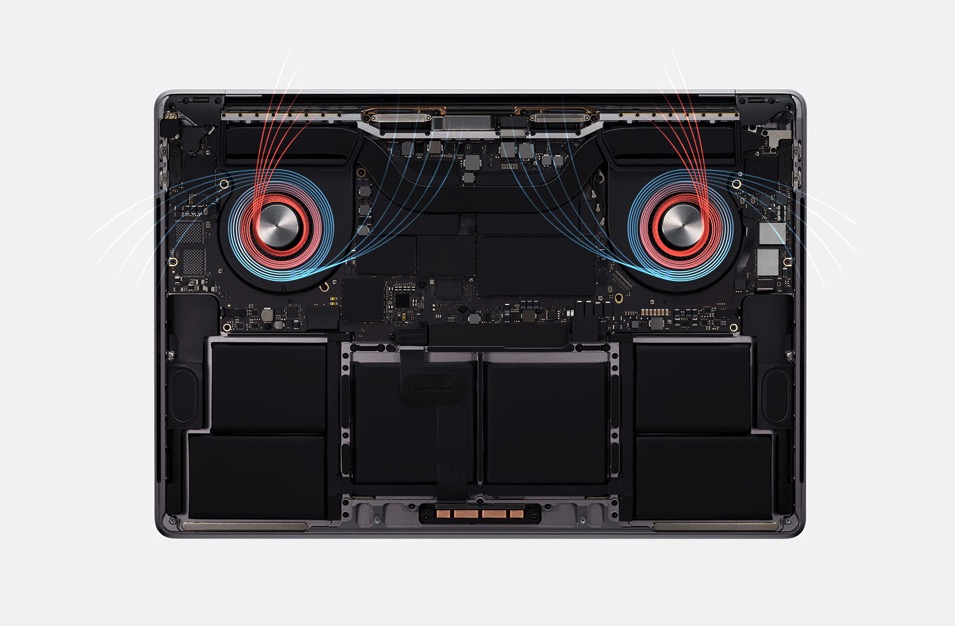
At the same time, it is clear that Apple has to learn a little from its past. Forced power to the maximum can cause problems with the already mentioned thermal throttling, when the power drops due to overheating or even the entire system collapses. 2018 MacBook Pros equipped with an Intel Core i9 processor struggled with something similar, on a relatively large scale. Paradoxically, these ran slower than the version with a weaker Intel Core i7 CPU. So it seems that the performance can properly cool them down in the stars for now. However, Apple's Silicon chips generally have lower power consumption and heat up less, so in theory similar problems might not occur.
 Adam Kos
Adam Kos 